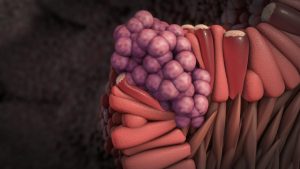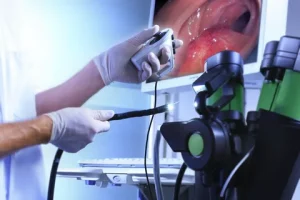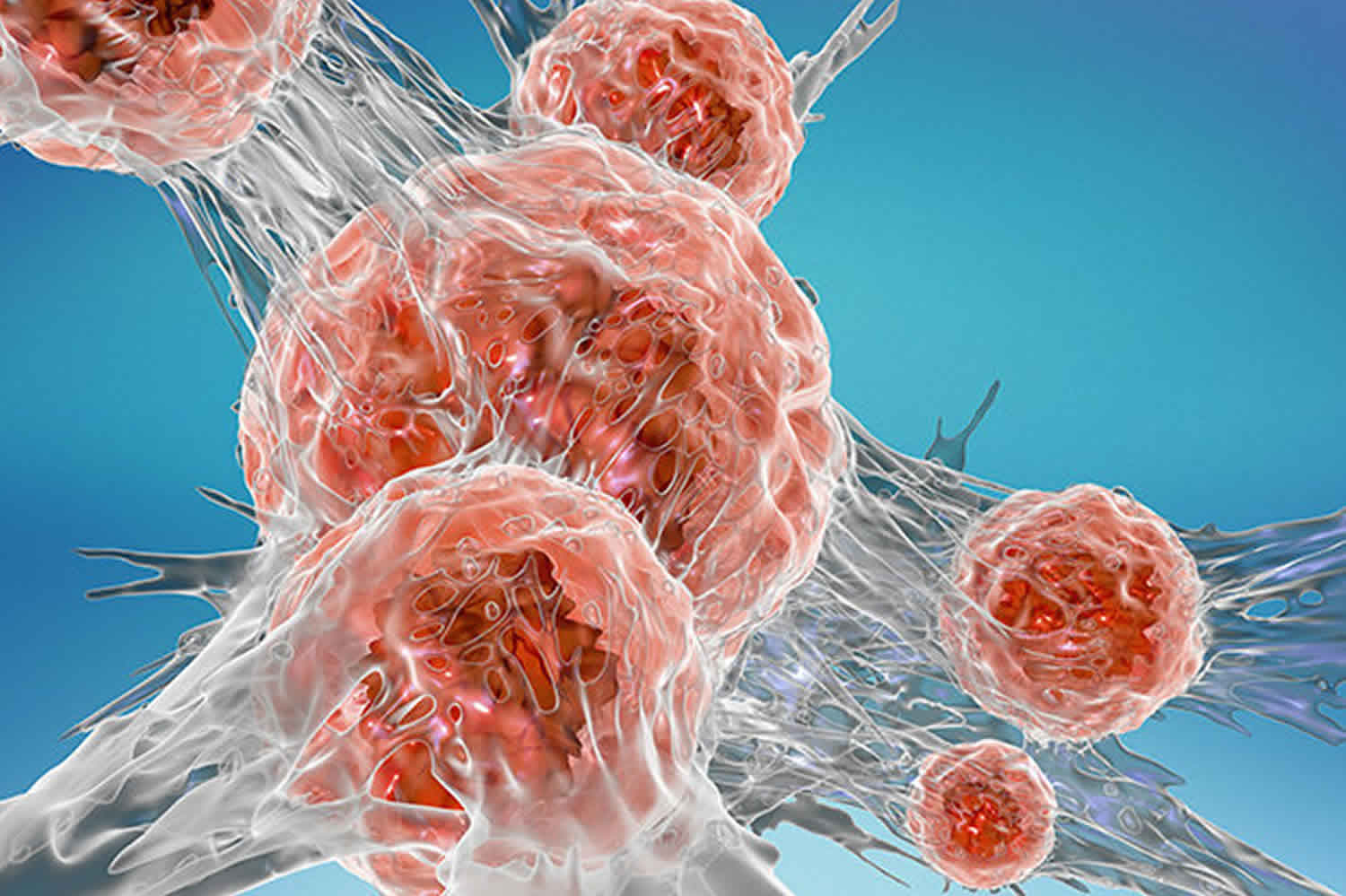Introduction
Esophageal cancer originates in the esophagus, the tube connecting the throat to the stomach. Two primary types are adenocarcinoma and squamous cell carcinoma.
Adenocarcinoma: This prevalent form begins in gland cells at the esophagus’s base, typically closer to the stomach. Risk factors include chronic acid reflux, gastroesophageal reflux disease (GERD), Barrett’s esophagus, and chronic heartburn.
Squamous Cell Carcinoma: Originating from squamous cells in the upper esophagus, this type associates with heavy alcohol use, smoking, and organ transplants.

Risk Factors
Understanding the risk factors is crucial for early detection and prevention:
- Smoking: Tobacco use significantly increases the risk of esophageal cancer.
- Heavy Alcohol Consumption: Excessive alcohol intake is a known risk factor.
- Chronic Heartburn or Acid Reflux: Persistent heartburn and acid reflux contribute to adenocarcinoma risk.
- Gastroesophageal Reflux Disease (GERD): A chronic condition where stomach acid flows back into the esophagus.
- Barrett’s Esophagus: Develops in some GERD patients, increasing adenocarcinoma risk.
- Achalasia: A rare disorder affecting lower esophageal muscles.
Recognizing Symptoms
Early detection relies on recognizing symptoms. Esophageal cancer symptoms may not be noticeable until the disease advances. Key indicators include:
- Trouble Swallowing: Feeling of food stuck, choking.
- Chronic Chest Pain: Intensified chest pain, especially post-swallowing.
- Weight Loss: Unexplained weight loss due to swallowing issues or decreased appetite.
- Persistent Cough or Hoarseness: A lasting cough or hoarse voice.
It’s crucial to consult a physician for an accurate diagnosis if any of these symptoms arise.
Diagnosing
Esophageal cancer often eludes diagnosis until advanced stages, underscoring the importance of accurate testing:
- Endoscopy with Biopsy: Common test using an endoscope to obtain tissue samples.
- Endoscopic Ultrasonography (EUS): Combines endoscopy and ultrasound for precise imaging.
- PET Scan: Highlights potential cancerous areas using radioactive dye.
- Barium Swallow: X-ray procedure tracking the passage of a barium-based solution.
- Video Fluoroscopic Swallowing Exam (VFSE): Records the esophagus while swallowing.
- Endoscopic Confocal Microscopy: Immediate results using laser technology.
- CT Scan: Common imaging test post-diagnosis to assess tumor spread.

Treatment Options
Treatment is tailored to individual needs, considering factors such as cancer stage, overall health, and tumor location. Options include:
- Radiation Therapy: Uses X-rays, gamma rays, and charged particles to combat cancer.
- Chemotherapy: Involves anticancer drugs targeting cancerous cells.
- Surgery: Removes cancerous tissue through an operation.
Combined Treatment for Esophageal Cancer:
Most plans involve a mix of radiation, chemotherapy, or surgery, known as a combined approach. Neoadjuvant therapy, a pre-surgery strategy combining radiation and chemotherapy, aims to shrink tumors and prevent recurrence. Want to know other health solutions
Factors Influencing Treatment Plans:
- Cancer stage at discovery.
- Patient’s overall health and nutrition.
- Tumor site location.
- Personal preferences for treatment options.
Preventing Esophageal Cancer
Prevention is key and involves adopting habits that promote overall health:
- Avoid Tobacco and Alcohol: Both are significant contributors to esophageal cancer risk.
- Healthy Diet: Maintain a balanced diet rich in fruits, vegetables, and whole grains.
- Healthy Weight: Manage weight to reduce the risk of esophageal cancer.
- Seek Treatment for Reflux and Heartburn: Early intervention for GERD and reflux can lower the risk.
Conclusion
In conclusion, understanding esophageal cancer, recognizing symptoms, pursuing early diagnosis, and exploring treatment options are vital components in managing this condition. Making healthy lifestyle choices plays a pivotal role in prevention. If any symptoms arise, prompt consultation with a healthcare professional is crucial for accurate diagnosis and timely intervention.




